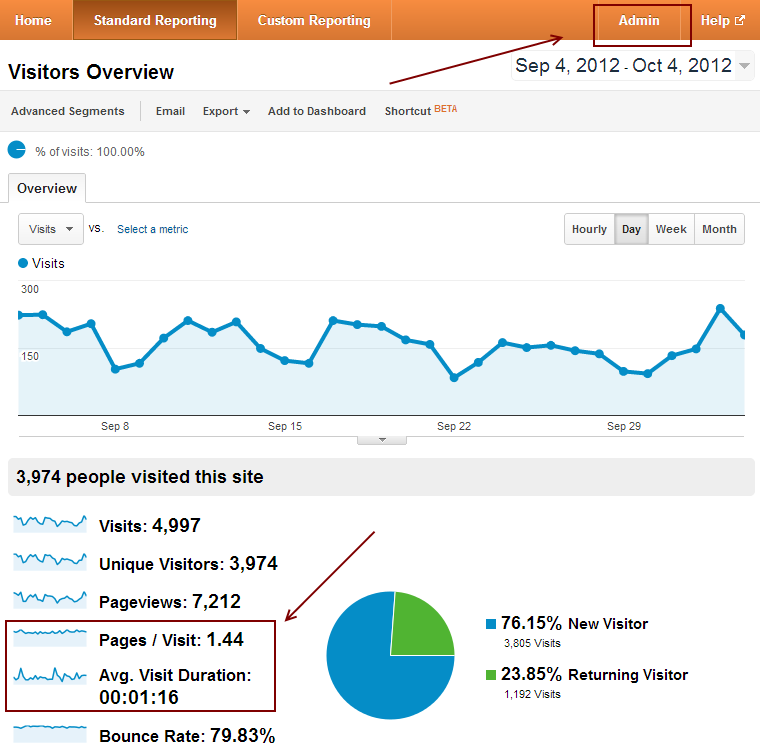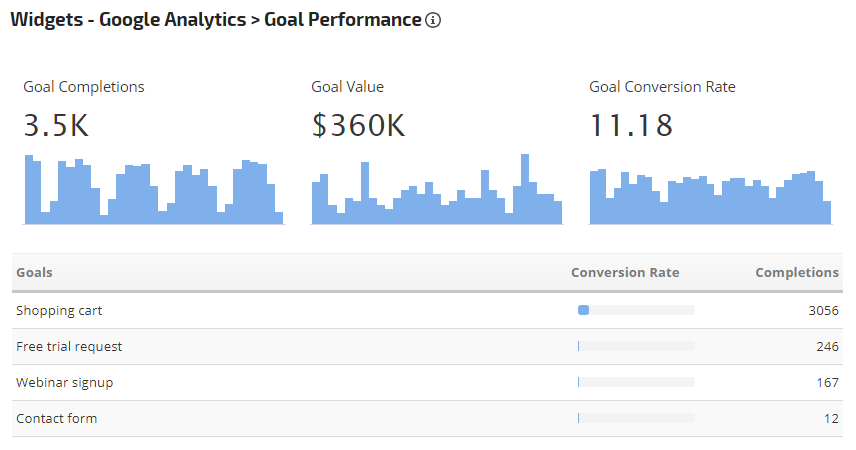Discovering What Data Is Google Analytics Goals Unable to Track
Discovering What Data Is Google Analytics Goals Unable to Track
Blog Article
Discover the Limitations of Google Analytics Goals: Revealing the Data Types That Remain Untrackable
As companies increasingly depend on data-driven decision-making, comprehending the limitations of devices like Google Analytics comes to be paramount. While Google Analytics Goals deal important understandings into customer interactions, there exist information types that elude tracking, posturing difficulties to an extensive understanding of customer behavior. These untrackable information types elevate inquiries regarding the accuracy and efficiency of the analytics data that organizations greatly rely upon for their digital strategies. Curious to reveal the hidden blind spots in your data evaluation process?
Insufficient Customer Trip Tracking
Insufficient customer journey monitoring within Google Analytics can impede the capability to accurately evaluate individual behavior. When the customer trip is not completely tracked, there are gaps in the data that stop an extensive understanding of exactly how individuals connect with a site. This lack of understanding can lead to missed opportunities for optimization and improvements to the user experience.
One common issue with insufficient user trip monitoring is the lack of ability to see the full path that users take in the past finishing an objective or leaving the site. Without this information, it is challenging to recognize where customers might be running into obstacles or friction points that stop them from transforming. In addition, incomplete tracking can cover the effect of particular advertising efforts or internet site adjustments on individual behavior.
To address this restriction, it is crucial to establish up appropriate tracking systems within Google Analytics to capture the whole user trip. This might entail setting up event tracking, objective funnels, or utilizing devices like Google Tag Manager to ensure that no vital interactions go unrecorded. By acquiring a comprehensive sight of the user trip, site owners can make more informed decisions to boost individual engagement and drive conversions.
Attribution Difficulties
Browsing with attribution obstacles in Google Analytics requires a thorough understanding of exactly how various touchpoints add to the overall conversion procedure. Acknowledgment difficulties arise from the complexity of modern-day client trips, where users engage with several networks prior to transforming. Google Analytics supplies various attribution versions like first touch, last touch, and straight, each offering a different point of view on exactly how credit rating is designated to touchpoints along the conversion course. However, these designs might not constantly accurately show truth influence of each touchpoint on the conversion.
One common acknowledgment obstacle is the trouble in associating conversions to the correct source, particularly in instances where customers communicate with several networks prior to transforming. This can result in mistakes in figuring out which advertising efforts are driving the most conversions. Additionally, cross-device monitoring presents an additional acknowledgment obstacle, as customers typically switch over in between gadgets during their journey, making it challenging to track their communications flawlessly. Marketers should carefully interpret and examine attribution information to make informed decisions and maximize their advertising and marketing methods properly.
Offline Conversions
Provided the obstacles connected with connecting conversions precisely in online networks, the measurement of offline conversions provides a significant chance for online marketers looking for a more detailed understanding of their customers' journey. Offline conversions refer to activities that consumers take in the physical globe, such as making purchases in brick-and-mortar shops or over the phone, participating in events, or engaging with published materials - what data is google analytics goals unable to track. These conversions are essential for organizations that run both online and offline, as they provide useful understandings into the efficiency of advertising projects throughout numerous touchpoints
Tracking offline conversions traditionally positioned a substantial obstacle for marketing professionals, as it was testing to link these activities back to certain on the internet communications accurately. With innovations in technology, such as the integration of CRM systems, distinct identifiers, and discount coupon codes, companies can now connect the gap between online and offline information to gain a much more holistic sight of client habits. By effectively determining offline conversions, marketing professionals can enhance their approaches, allocate sources a lot more successfully, and eventually improve the total client experience.
Cross-Device Monitoring
Cross-device tracking plays a crucial function view it in recognizing the interconnected nature of customers' digital communications across multiple tools. In today's omnichannel world, where individuals flawlessly switch over between tablet computers, mobile phones, and desktop computers, tracking their behavior throughout these gadgets is necessary for marketing professionals to gain a comprehensive sight of their consumer trip.

Moreover, personal privacy worries and laws such as GDPR and CCPA have further difficult cross-device monitoring. With customers requiring more control over their information and boosted limitations on monitoring innovations, marketers should discover cutting-edge and privacy-compliant ways to connect user communications throughout tools.
Dynamic Material Engagement
Understanding user engagement with dynamic web content is pivotal in optimizing electronic marketing methods for boosted target market interaction. Dynamic content refers to website elements that transform based upon individual behavior, choices, or various other aspects, offering a personalized experience. However, tracking customer communications with vibrant material positions challenges for try this web-site standard analytics devices like Google Analytics.
While Google Analytics can track standard interactions like clicks and web page views, it might have a hard time to capture even more nuanced involvements within vibrant content. what data is google analytics goals unable to track. Metrics such as time invested on details vibrant aspects, float actions, or communications within pop-ups are frequently not conveniently measurable making use of conventional tracking techniques. This limitation impedes marketing professionals' capacity to completely realize how customers are engaging with vibrant content and tailor their strategies appropriately

Conclusion
In final thought, Google Analytics objectives have limitations in tracking incomplete individual trips, other associating conversions properly, capturing offline conversions, tracking cross-device interactions, and gauging dynamic content interaction. These restrictions highlight the value of exploring additional tracking methods and tools to obtain a more comprehensive understanding of user behavior and conversions beyond what Google Analytics can supply.
While Google Analytics Goals deal useful insights into customer communications, there exist information kinds that avoid monitoring, posturing obstacles to a comprehensive understanding of individual habits.Insufficient user trip tracking within Google Analytics can hinder the ability to properly analyze user behavior. When the customer journey is not fully tracked, there are gaps in the information that protect against an extensive understanding of exactly how customers interact with a site.One usual concern with insufficient individual journey monitoring is the inability to see the full path that customers take previously finishing a goal or leaving the website. By getting a comprehensive sight of the individual journey, web site owners can make even more informed choices to boost user involvement and drive conversions.
Report this page